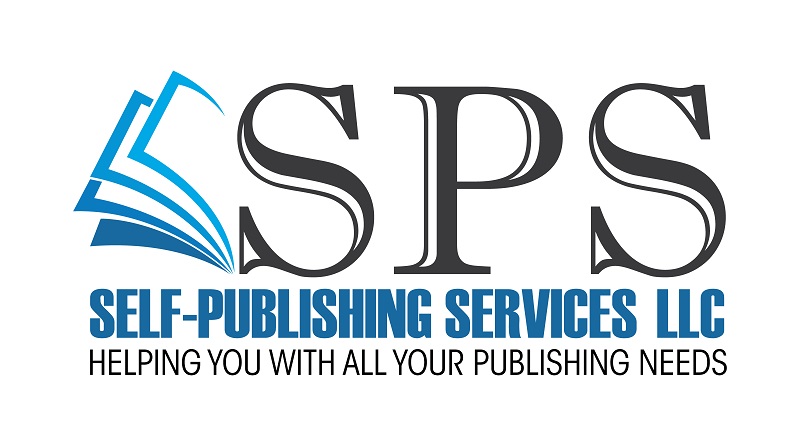Are You Writing With Intention?
Think about a book that swept you into another realm. One that made you lose yourself in the world in the pages of that book. What was it about the book that made you feel so taken by the narrative? A compelling story is a key part of that, but another key element is how intentionally an author writes as they attempt to bring their story to life.
As a writer, every single word you put on the page is used to help a reader paint a mental picture. That means it’s important to use each and every word well, and write with intentionality. Are you using your words to not only convey basic meaning but to paint a picture? Let’s talk about it!
Choose Your Words Carefully
When you’re describing a character moving in a scene, what words are you using? It can be easy to say something like, “She walked delicately across the floor.” We’ve talked before about the ways adverbs can weaken your writing if you don’t use them intentionally. It’s not to say that you should banish all adverbs from your writing, but when you’re using them, think about what you’re trying to convey. Perhaps an adverb works best in that moment, but maybe rephrasing could get the point across more succinctly and paint a more vivid picture. For instance, in the example above, “She walked delicately across the floor,” saying someone walked delicately could mean myriad things. Is the woman walking delicately because she’s injured? Is she walking delicately to be quiet? Is she walking delicately because she’s crossing an old bridge and she doesn’t want to disturb the bridge? If you were to say, “She tiptoed across the floor,” the reader knows that the woman is walking quietly. If you say, “She limped across the floor,” readers know she’s walking delicately because she’s injured. And not only does the choice of words give the reader more information, but it also helps readers paint a more vivid picture in their mind.
What Are We Focusing On?
Another important part of writing with intentionality is remembering who the main focus is in a literary moment. If you are writing a romance and you write something like, “He was captivated as he watched her walk gracefully across the room,” where is the focus of the moment? Sure, the words are talking about the woman walking gracefully, but if this was a movie, the directions to the camera would be to get a shot that focuses on the man watching the woman.
But let’s say you want the focus of the audience at that moment to be on the woman. Perhaps you want them to see what the man is seeing in that moment and to feel enraptured by seeing the woman. In that case, you want to keep the audience’s focus wholly on the woman. So instead of saying something like, “He saw her walking,” you’d say something like, “Everything seemed to melt away as she floated across the room.” It keeps the focus of that moment on the woman, increasing the romantic tension, and allows you to verbally “pan out” and tell the reader about the man watching the woman.
By using your words intentionally, you can help direct the reader’s attention to the specific thing, character, or emotion you want them to experience in that moment: bringing the story to life, helping the reader feel the moment alongside the characters, and deepening the reader’s immersion into a story.
The wonderful and frustrating thing about writing is there isn’t one rule that applies to every single work of literature. Intentionally choosing your words is so helpful when making your story as vivid and engaging as possible, but there isn’t one set way to do that. It’s why working with an editor is such an important tool in any writer’s arsenal. An editor can help you strengthen your narrative and make sure you’re using your words as intentionally and effectively as possible. If you’d like to chat with us about finding an editorial partner, don’t hesitate to drop us a line and schedule your free consultation today!

